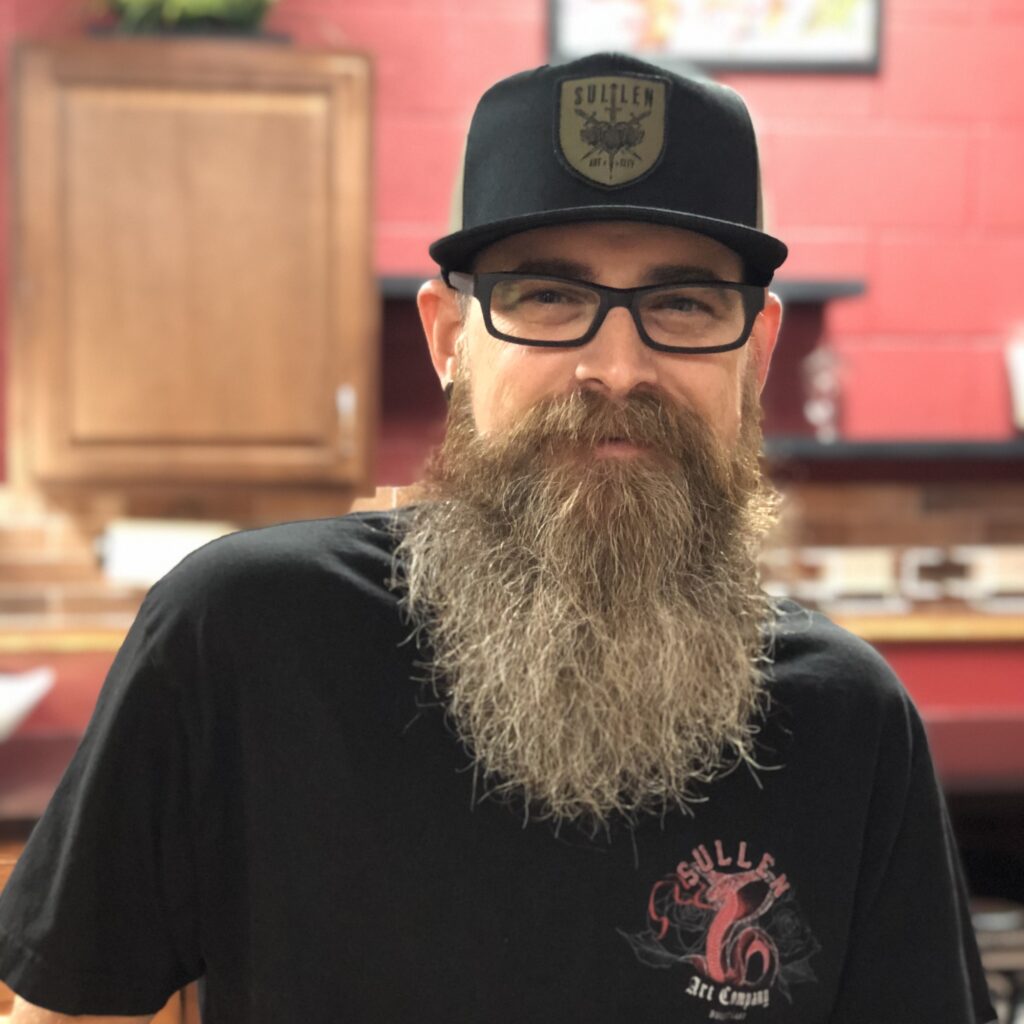Aftercare Products
- Tattoo Goo Antimicrobial Soap
- H2Ocean Piercing Aftercare
Cleaning Instructions
- Wash your hands thoroughly prior to cleaning or touching the piercing.
- Soap should be used no more than 1 – 2 times daily. While showering, lather up a pearl size drop of soap and gently clean the jewelry and the piercing. Leave the cleanser on the piercing for no more than 30 – 45 seconds.
- Rinse thoroughly, with cool water, to remove all traces of soap from the piercing. Gently turn the jewelry through the piercing as you rinse.
- Dry by gently patting with a clean, disposable paper towel. Cloth towels can harbor bacteria and snag the jewelry, causing injury.
- Spray with aftercare 1 – 2 times daily and allow to air dry.
- Soak, only if the piercing becomes irritated, by saturating a cotton ball or clean gauze with a recommended aftercare solution. Hold it gently against your piercing for at least 60 seconds. Repeat the process with a series of freshly soaked cotton balls or clean gauze until you have soaked the piercing for a total of 5 minutes.
- Mouthwash, that does not contain alcohol or peroxide, should be used for oral piercings immediately after eating or smoking.
Normal Healing
- The piercing will take several months to completely heal.
- Intermittent bleeding, localized swelling, redness, tenderness, minor bruising, discoloration and itching can be expected.
- A secretion of a whitish-yellow, clear fluid (plasma) may continuously form some crust on the jewelry. The tissue may tighten around the jewelry as it heals.
- Both redness surrounding the piercing and skin that is warm to the touch are normal signs of healing.
- Dead skin may form around the piercing that eventually peels off leaving a visible layer of fresh, pink skin.
- Smelly, but normal, bodily secretions may accumulate, particularly if you fail to clean the piercing as part of a daily hygiene routine.
Hot Tips
- Treat the piercing with the same respect as you would any other kind of broken skin.
- Wash your hands prior to touching the piercing. Leave it alone, except when cleaning.
- Maintain an avid cleaning routine throughout the entire healing process. A piercing may seem healed before healing is complete. This is because tissue heals from the outside in, and although it feels fine, the interior remains fragile.
- The healthier your lifestyle, the easier it will be for the piercing to heal. Get enough sleep and eat a nutritious diet. Drink plenty of water.
- Wear clean, loose fitting clothes that do not rub or irritate the piercing.
- Make sure your bedding is washed and changed regularly. Wear clean, comfortable, breathable clothing that protects the piercing while you are sleeping.
- Showers tend to be safer than taking baths, as bathtubs can harbor bacteria. If you bathe in a tub, clean it well before each use and rinse the piercing thoroughly when you get out.
What To Avoid
- Avoid using Band-Aids or other bandages over the piercing, as this will smother the wound and prolong the healing process.
- Avoid undue trauma such as friction from clothing, excessive motion of the area, playing with the jewelry, and vigorous cleaning. These activities can cause migration, the formation of unsightly and uncomfortable scar tissue, and many other complications.
- Avoid all oral contact, rough play, and contact with other bodily fluids
on or around the piercing.
- Avoid submerging the piercing in unhygienic bodies of water such as lakes, pools, hot tubs, etc.
- Avoid homemade solutions containing ordinary iodized table salt or iodized sea salt from the supermarket. Also keep in mind that tap water contains bacteria.
- Avoid using thick oils such as Tea Tree Oil or other homeopathic remedies that can clog the flesh tunnel and promote the growth of bacteria.
- Avoid the use of isopropyl alcohol or hydrogen peroxide on or around the piercing. These products may damage healthy cells and cause scar tissue. Do not use an alcohol-based ear piercing cleaning product.
- Avoid using Bactine and other products containing Benzalkonium Chloride (BZK). These products should not be used on puncture wounds or over large areas of the body.
- Avoid all petroleum based ointments such as Neosporin or Bacitracin, as they can collect and promote the growth of bacteria. Do not use Vaseline.
- Avoid all beauty and personal care products on or around the piercing, including cosmetics, lotions, and sprays, etc.
- Avoid direct sunlight, tanning beds and the use of tanning products on or around the piercing.
- Avoid hanging charms or any object from your jewelry until the piercing is fully healed.
Body Jewelry
- Unless there is a problem with the size, style or material of the initial
jewelry, leave it in place for the entire healing period. Even a well healed
piercing can shrink or close within minutes, making jewelry re-insertion
difficult or impossible.
- Our professional body piercer will perform one jewelry change, within 90 days, at no additional charge. Our titanium jewelry starts at just $10.
- Contact us if your jewelry must be removed for a medical procedure. We have non-metal jewelry alternatives available.

